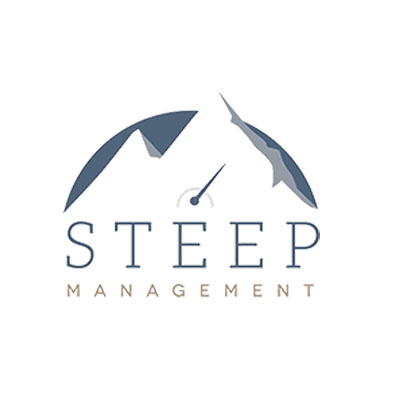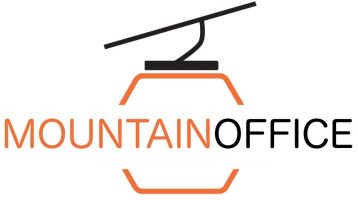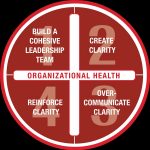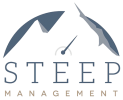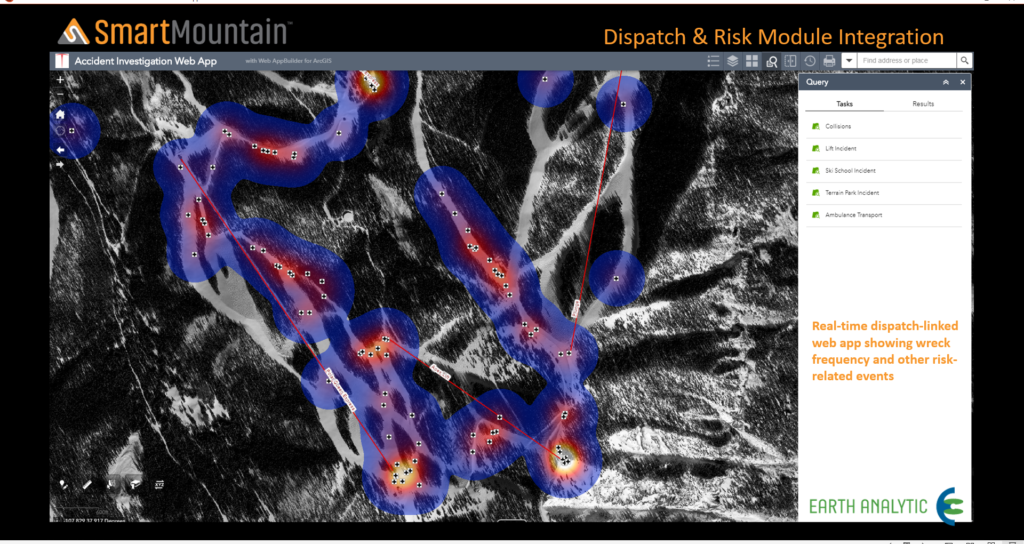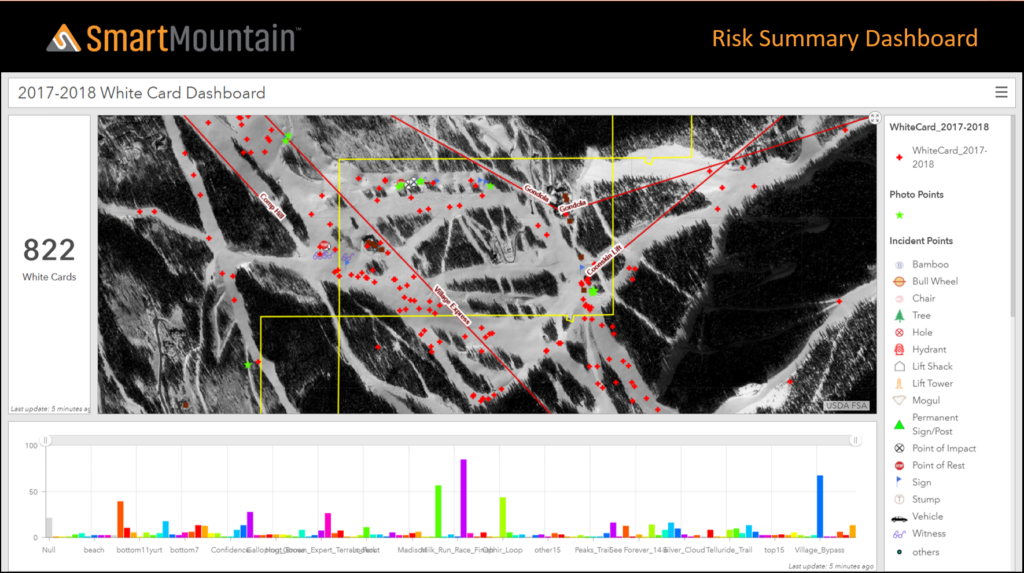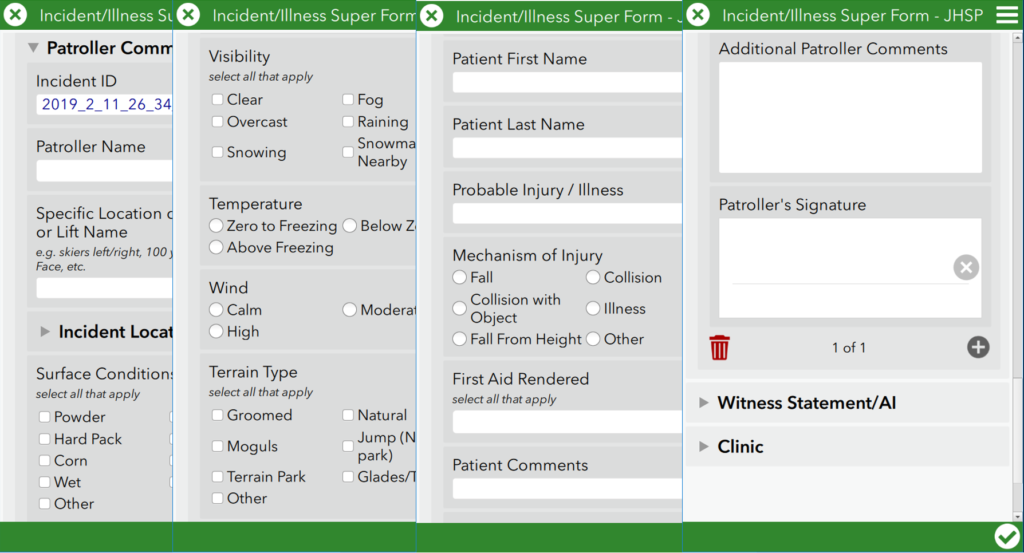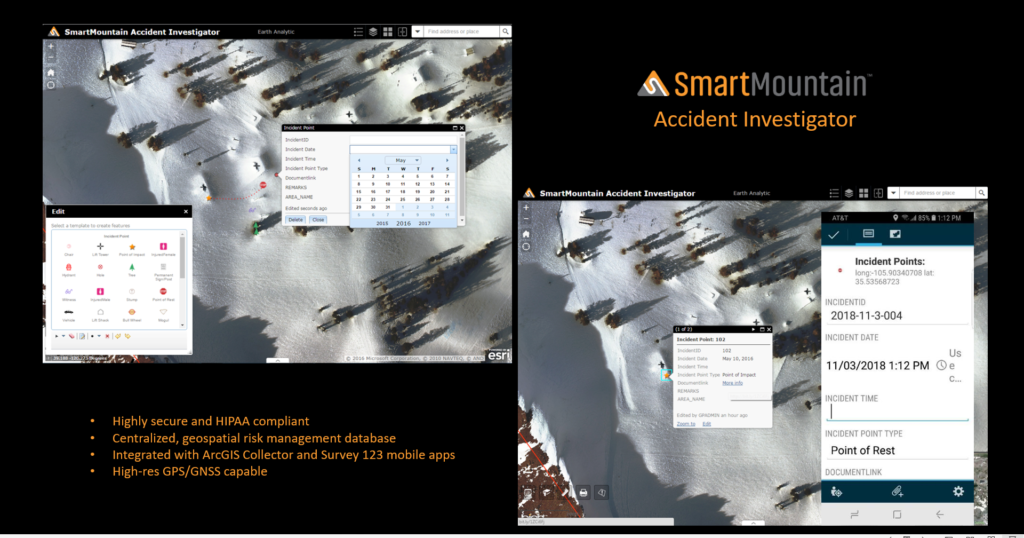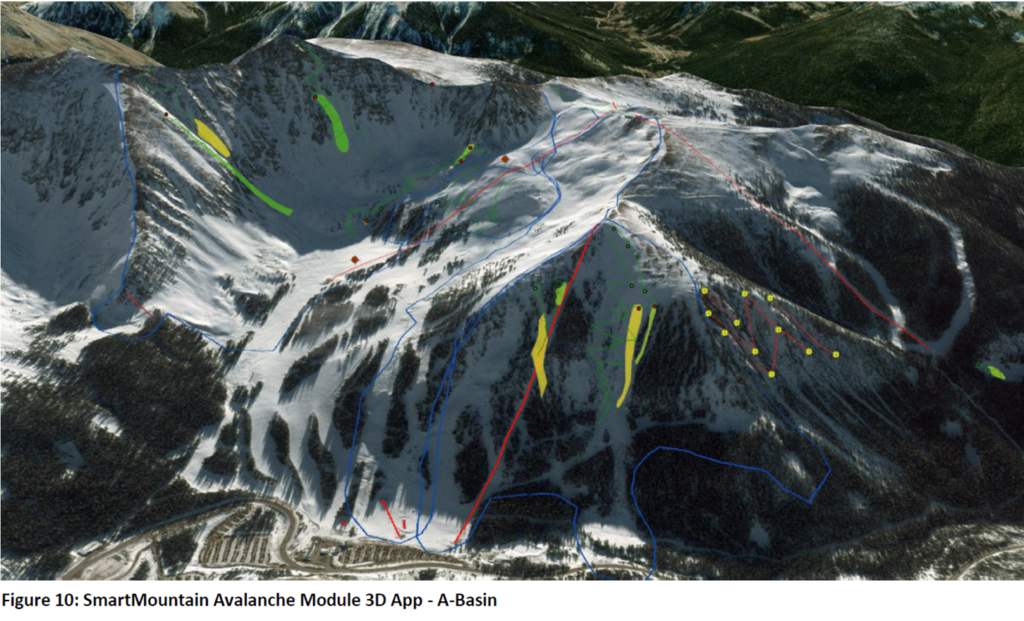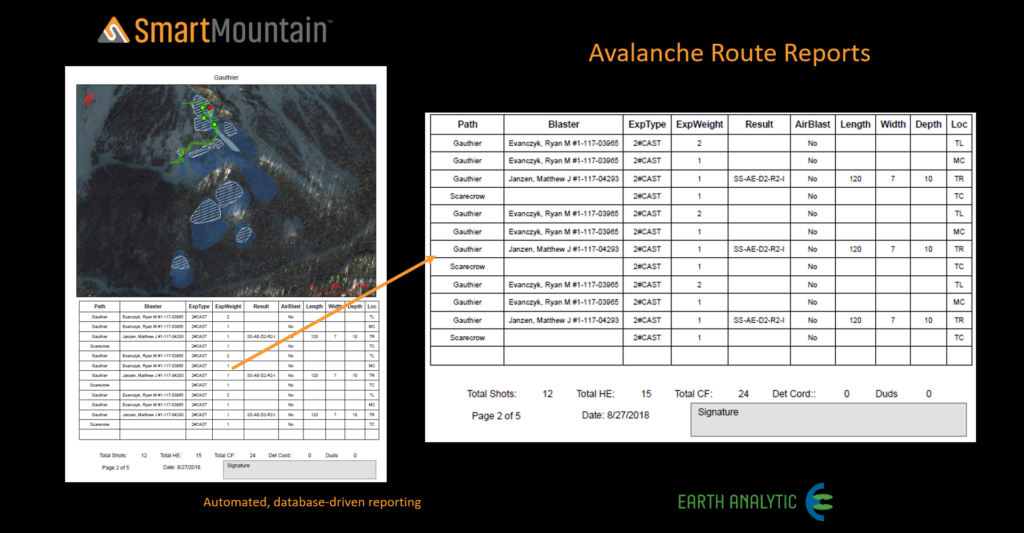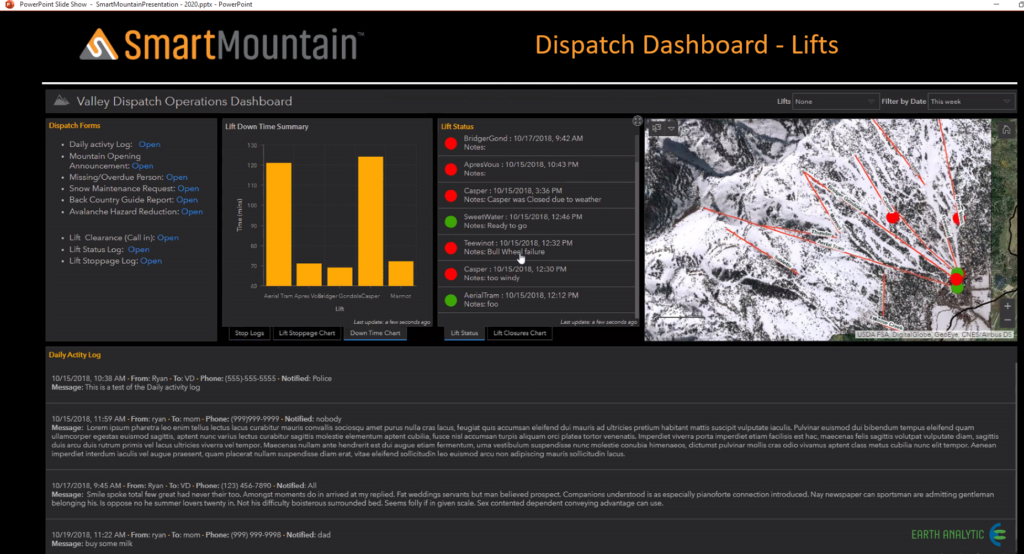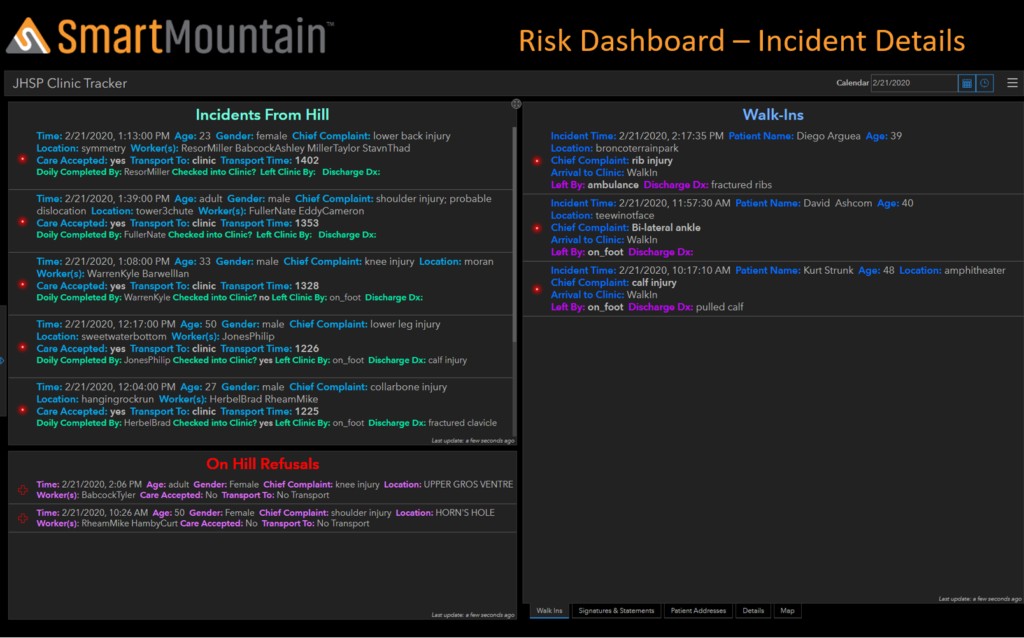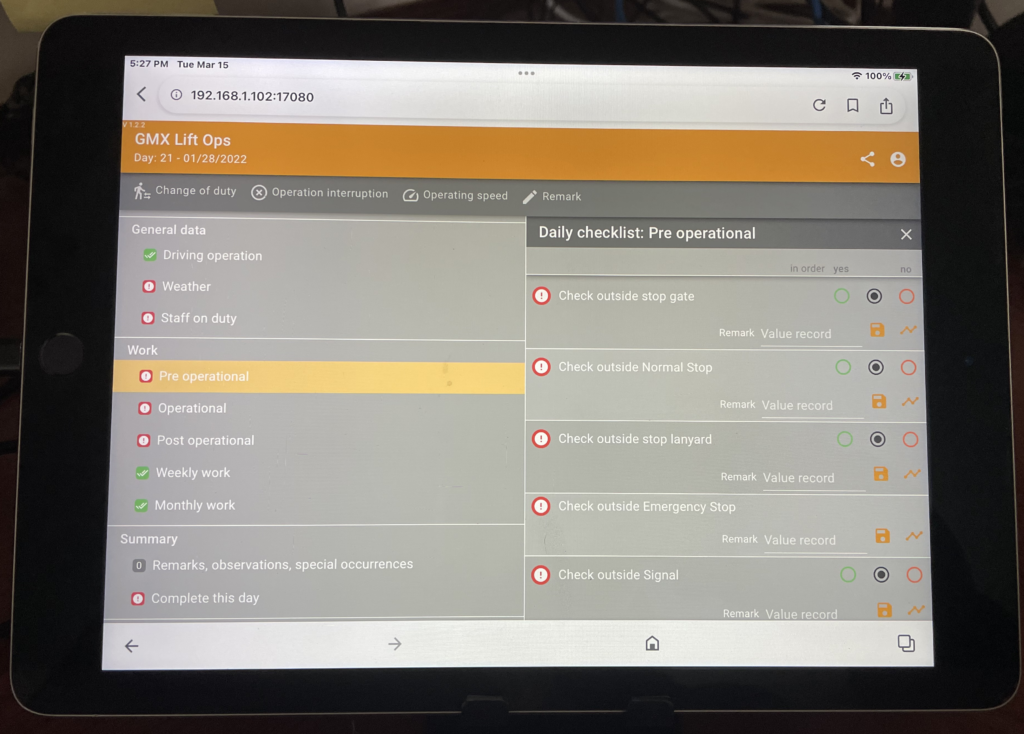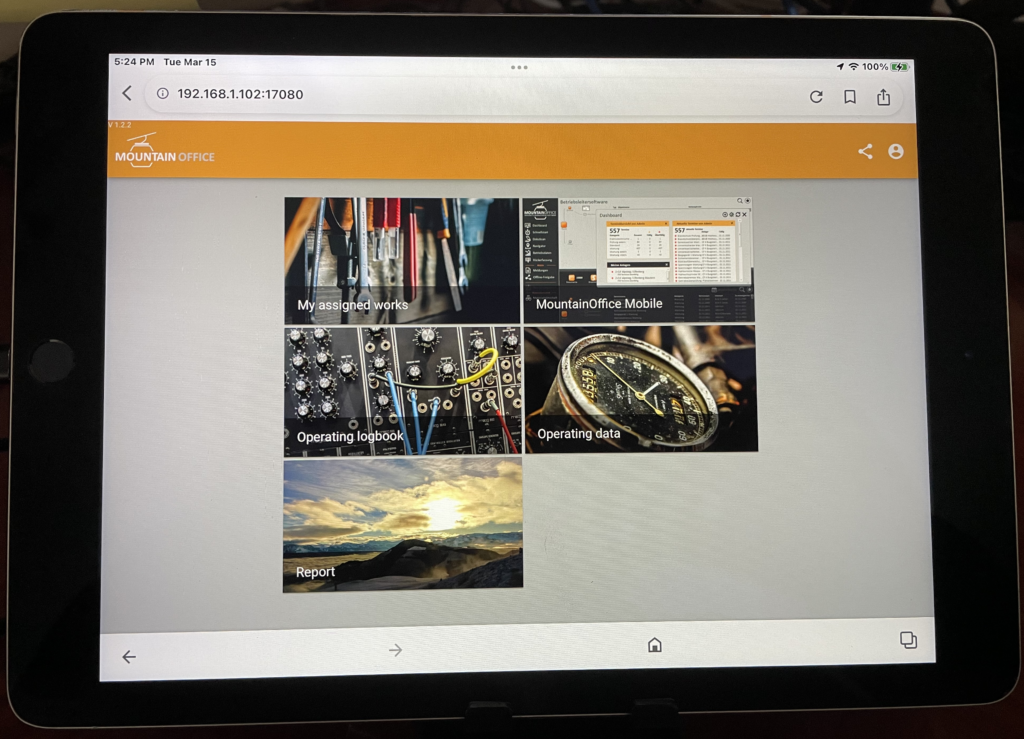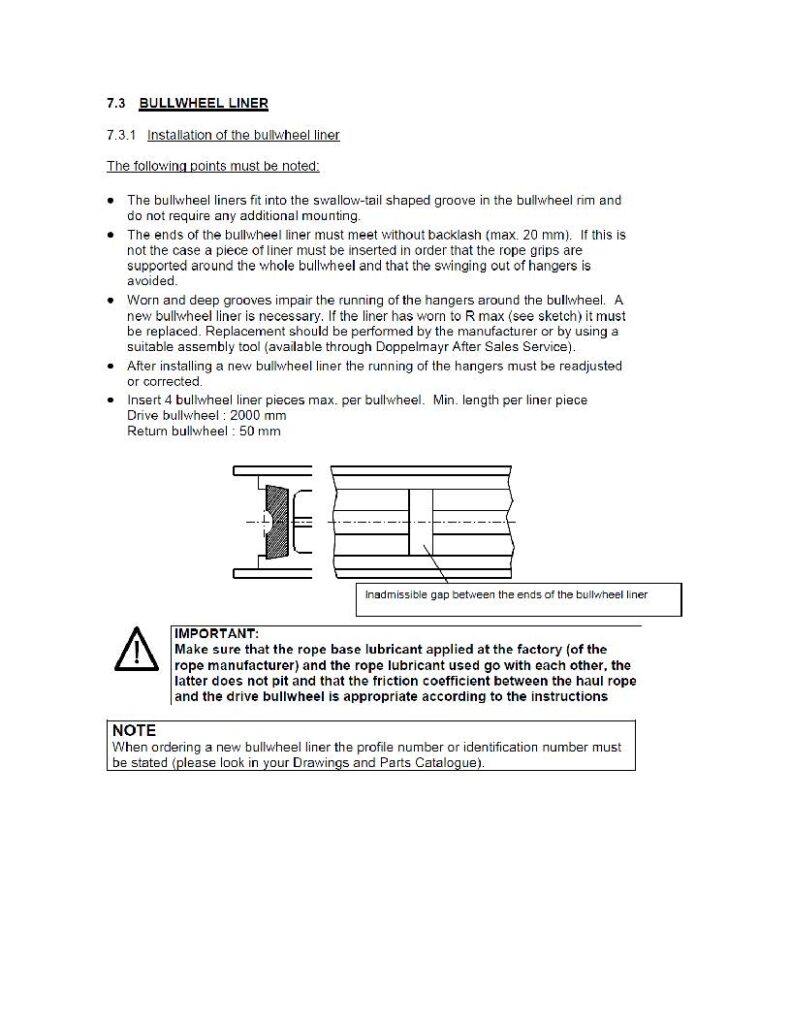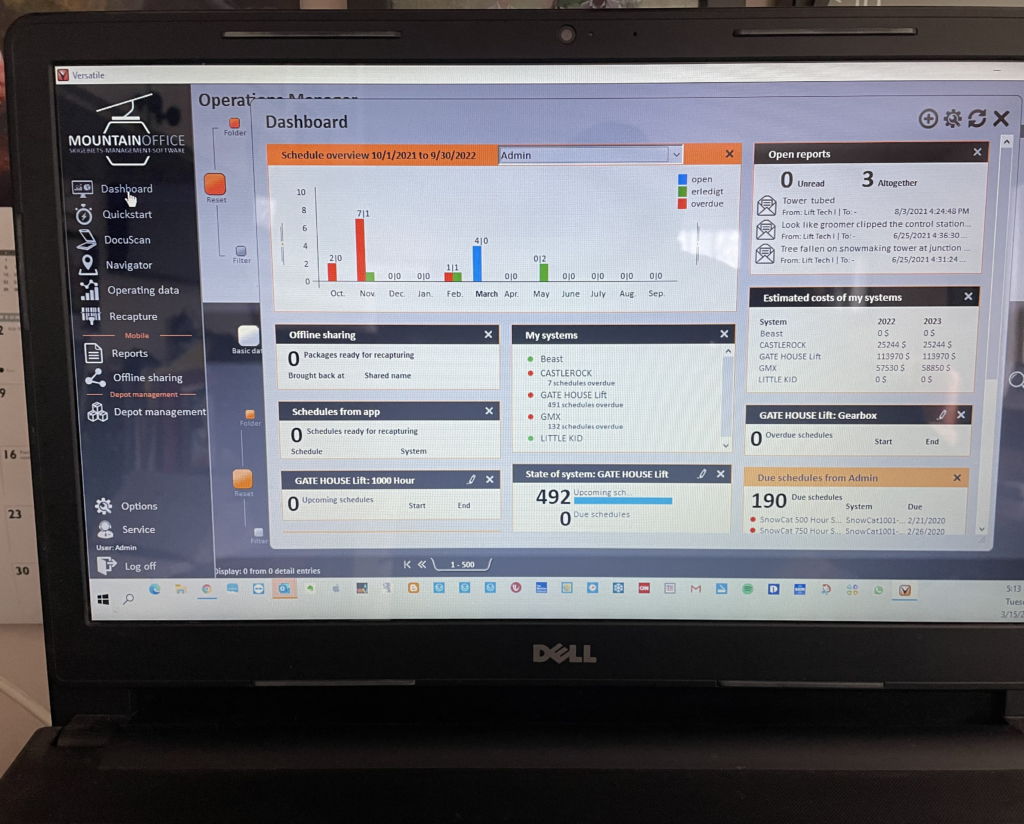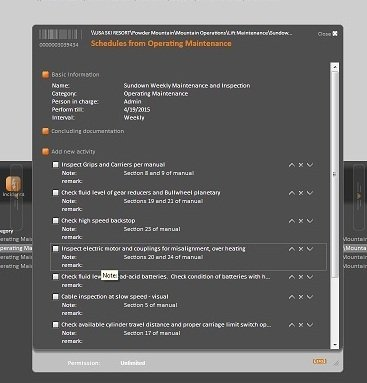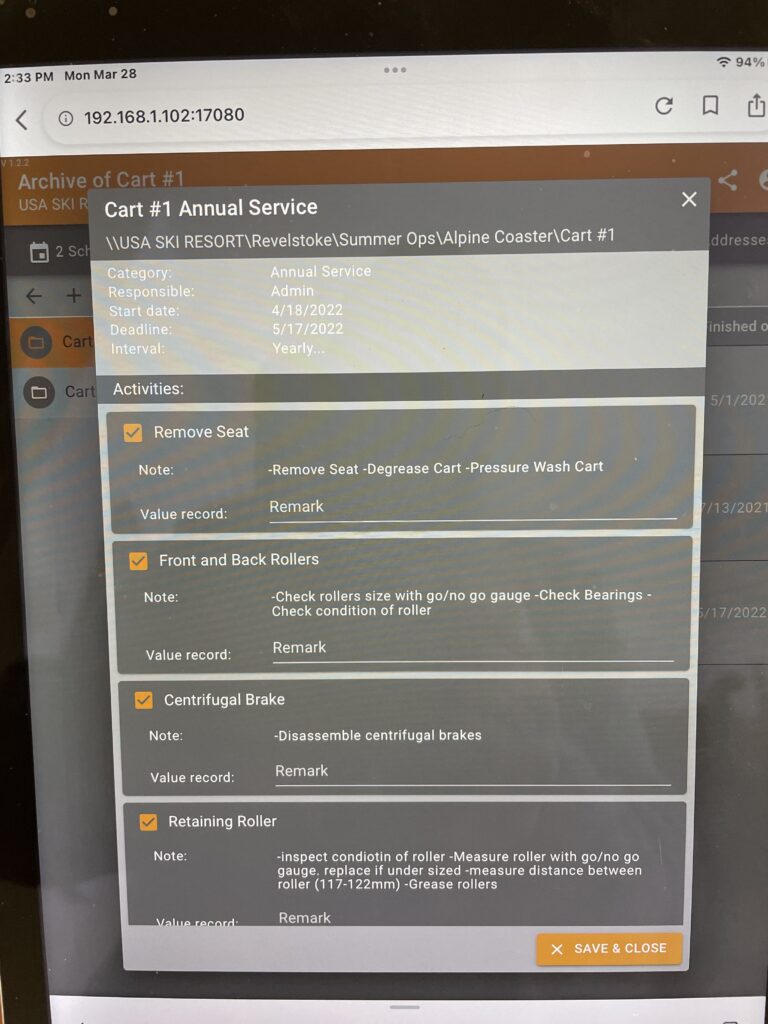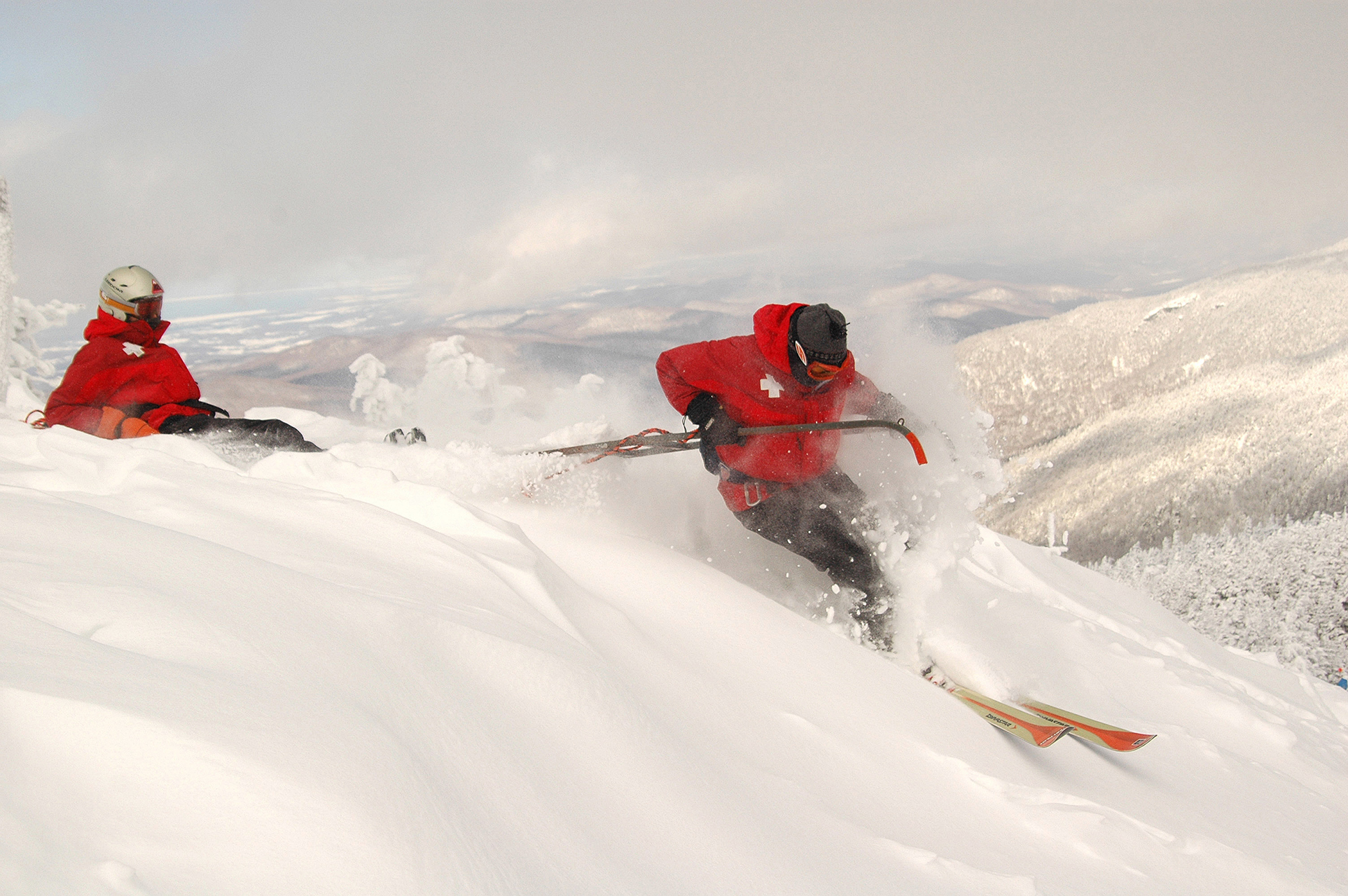
Having represented four different incident management software programs designed for the ski area industry, I thought I’d share with you what I heard from many ski patrols about what makes an excellent program.
I currently represent SmartMountain, which I think rates an excellent grade. Bright knowledgeable programmers developed two of the programs I repped. They each brought their product to market too soon and needed more resources to advance their programs to satisfy the market. The fourth, the initial one repped, was taking an incident management program designed by people without knowledge of the ski business. It was like trying to fit a square peg in a round hole—shame on me.
It was representing the two developing programs that taught me a lot about what ski patrols wanted. The other factor was that litigation defense attorneys and insurance companies were driving the thinking of risk managers and, thus, ski patrols. Initially, some defense attorneys did not want the records to be easily accessible, but I think that line of thinking has passed. Insurance companies wanted their forms of recording incidents to be filled out legibly and complete with the information they deemed necessary for defense and timely-worthy aims.
The reality is a wreck is not just a wreck, meaning there is more to know than who was involved, where it happened, and the injuries and treatment. Was the injured on rental equipment, and if so, rented from the ski area’s rental shop? Was the injured in a ski lesson, and if so, what are the details of that lesson? And then, finally, did the injured sign a valid waiver? So, you can see there is more complexity to a ski patrol incident management program.
The features I perceived ski patrols want in their digital tool.
- Ease of use
- Full mountain coverage
- Limited It dependency
- Use NSAA, CWSA, MountainGuard, or ski area form
- Able to include statements, injured party or representative, and witnesses
- Able to include pictures and drawings
- Full incident investigation capability, including specific forms used by investigators
- Missing person reporting and tracking per ski area protocol
- Track workflow – meaning trail checks, sweeps, work assignments, and training
- Roster management
- Dispatch
- Incident tracking by location and status
- Map of current responses
- Lift status
- Roster availability – who to dispatch
- Forms creation
- The features Snow Safety want in their digital tool
- Avalanche tracking, including history
- Statistical and geospatial analysis of historical weather data
- Geospatial analysis and visualization of snow pit data
- Avalanche route tracking/reports
- Control measure history
- Shot or bomb placement maps
- Connection to nearest tool/weather stations
- Explosive Inventory
- Dashboard to reflect needed avalanche work
- Mobile access
- The features Risk Managers want in their digital tool
- Easy access to information
- Ability to quickly access incident information for investigation needs
- Access to historical data for risk assessment
- Connection to CRM/POS to gather pertinent and historical information relating to patient or claimant
In the decision-making process, who decides what product is chosen? What are the weights put on the different features to determine what is best for the ski area and, ultimately, the guests? My experience relating to decision-making has been interesting. When I first entered this arena, it was the beginning of digitization, and there was an attitude that we didn’t need it, which has pretty much faded over the last five years. I have found that the risk manager’s needs to supersede the ski patrol’s needs, and Snow safety goes its own way if a snow safety program is needed. I have spoken with patrols who have indicated they have a program coming but haven’t been involved in selecting the program.
Reviewing ski patrol software sidetracked me to look at waivers for ski areas. What I learned is interesting, more complex, and detailed than I had realized. I will share my thoughts on what I learned in the following Steep Management newsletter.
I could not end without giving a shoutout to SmartMountain, which clears all these points but one – connection to a CRM/POS, although that certainly is a possibility.
